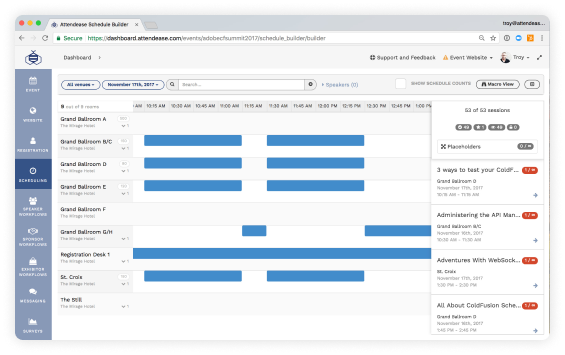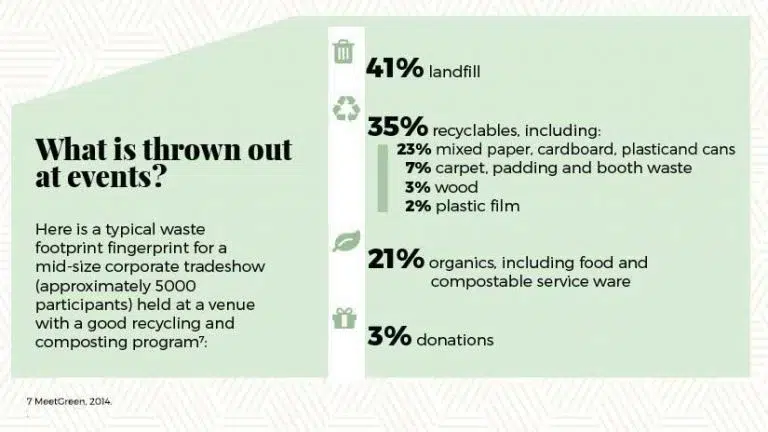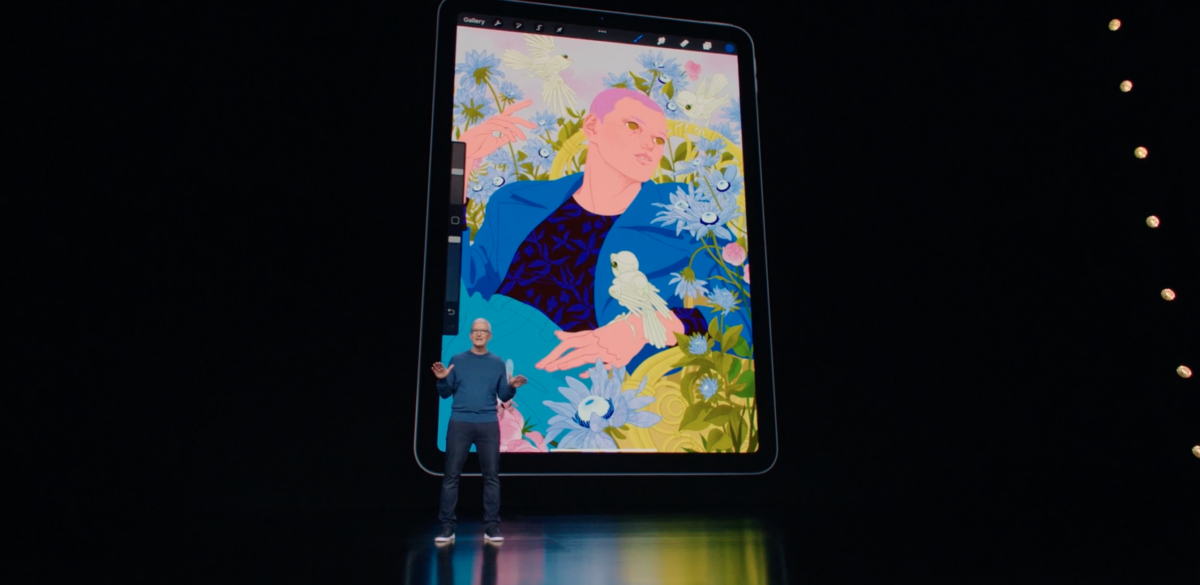Our team recently attended ACTIVATE by Gleanin, a virtual event that helps event professionals improve their marketing efforts. ACTIVATE provides actionable tips, tricks, and advice that event marketers can put into practice immediately. The event includes a variety of lightning talks that last no longer than 10 minutes, all with the goal of helping event professionals cut through the noise and improve their marketing results.
During this most recent event, Seth Godin- a renowned thought leader in event marketing- shared valuable insights into event marketing strategies and community building. His advice focused on moving beyond traditional methods and embracing more impactful approaches. Here are the key takeaways that we found particularly insightful.
Insightful Topics from Seth Godin’s ACTIVATE Discussion
- Industrialization of Events: Events have become standardized, resulting in “pretty good” experiences that lack uniqueness. Seth emphasized the need to “de-industrialize” and make events unforgettable.
- Rethinking Event Marketing: Traditional promotion often fails, especially for average conferences. Instead, focus on creating an environment that facilitates deep connections between attendees, sparking the “magic” that keeps them coming back. Events with waiting lists succeed due to the genuine experiences happening within.
- The Power of Word-of-Mouth: Seth highlighted the power of word-of-mouth marketing, citing his own blog as an example. Attendees should leave your events so inspired that they share their experiences with others, turning attendees into promoters.
- Building Network Effects: Events thrive when attendees are excited to bring others along. Design your events with a community-first approach, improving not only the event but also the lives of those who attend together.
Key Takeaways
- Create Remarkable Events: Events should be designed in such a way that they don’t need heavy promotion. Instead, they should stand out through the unique interactions and connections they foster among attendees.
- Word-of-Mouth Over Traditional Marketing: Successful events encourage attendees to spread the word organically. If an event delivers a compelling experience, it will naturally generate buzz.
- Curate Community-Driven Experiences: Shift away from mass-appeal events. Instead, curate intimate and meaningful experiences that foster a strong sense of community and spark long-term relationships.
- Leverage AI Tools: Use AI tools like Claude.ai, Gemini, and others, to strategize, brainstorm, and refine event concepts, enhancing creativity and improving the overall event design.
Additional Tips that Event Marketers Can Put Into Practice
- Read “This Is Marketing” by Seth Godin: To deepen your understanding of modern marketing strategies.
- Hire a Coach: A coach can facilitate honest discussions about your event strategies and help refine your approach.
- Leverage Claude.ai: Utilize AI tools like Claude.ai to challenge ideas and improve the overall planning and execution of your events.
- Join Purple Space: Engage in Seth’s Purple Space community for ongoing support, networking, and sharing among marketers who prioritize generosity and non-anonymity.
Seth’s message was clear: successful events focus on building remarkable experiences that create strong communities and inspire attendees to do the promotion for you. By leveraging AI tools and shifting from mass appeal to curated, community-driven experiences, event marketers can break through the noise and leave lasting impressions. At EventUp Planner, we believe it’s possible to work smarter, not harder, with the help of technology. That’s why we love discussions like Seth’s, which help event professionals keep up with the latest technology and trends, while delivering practical tips that you can put into practice today.













